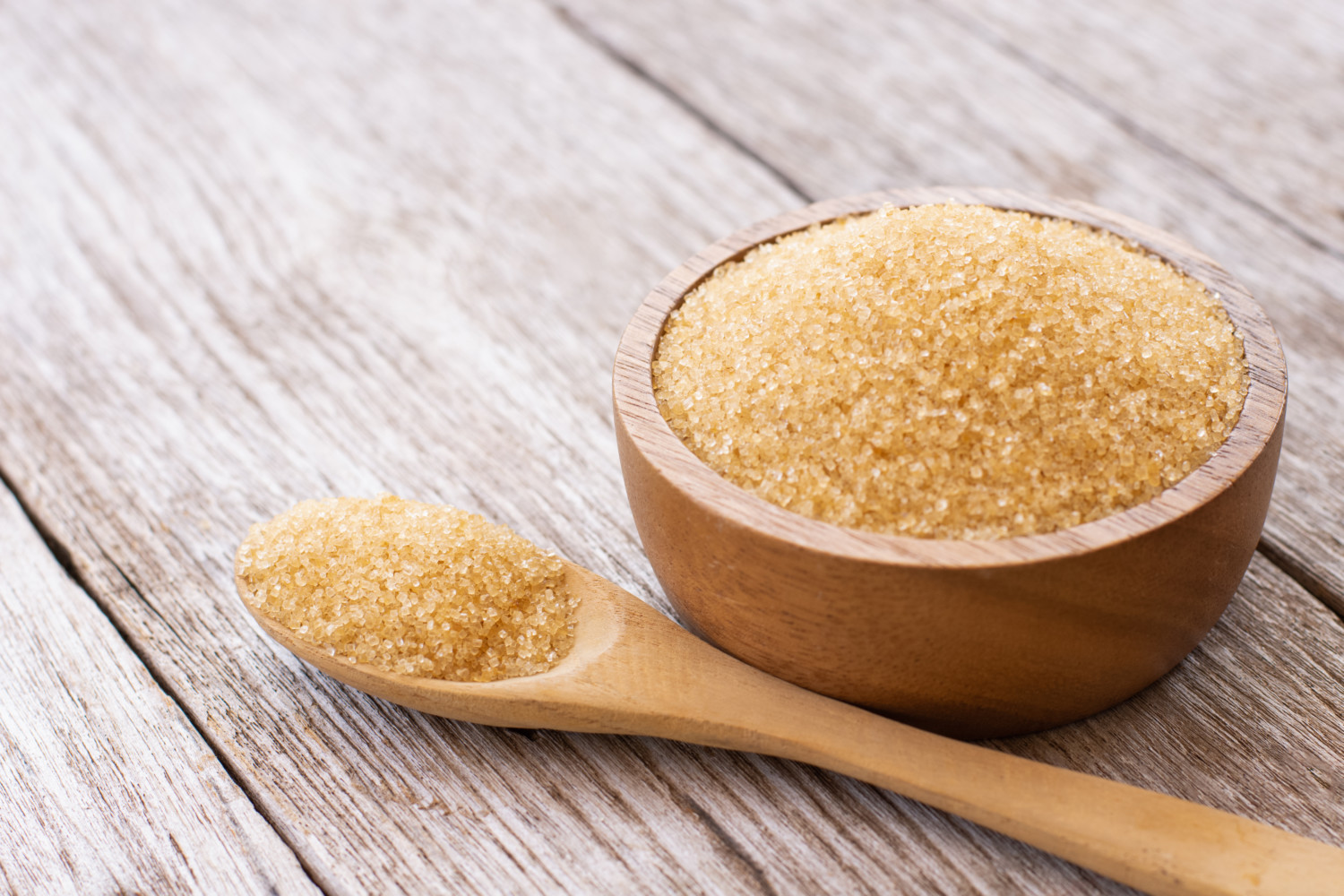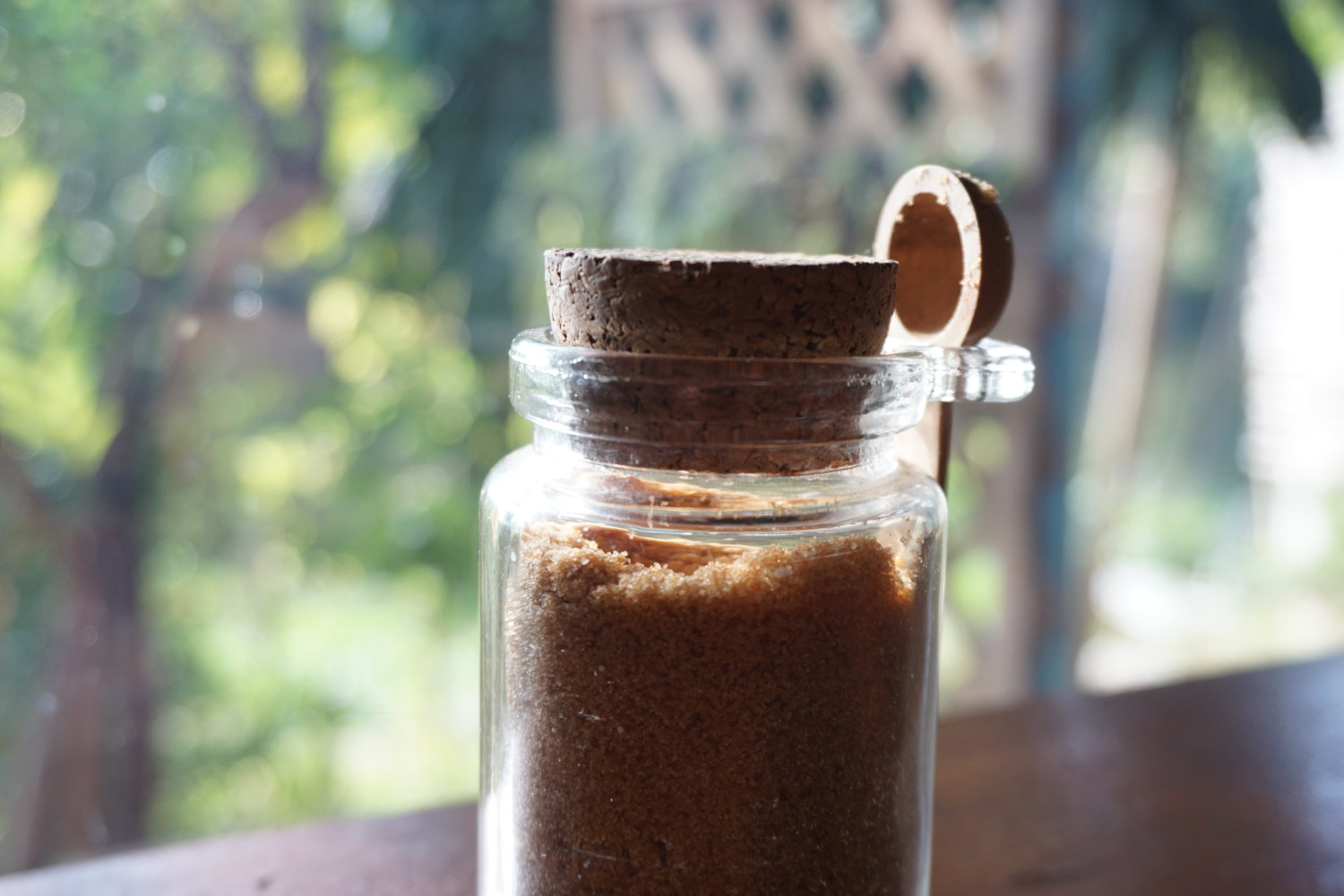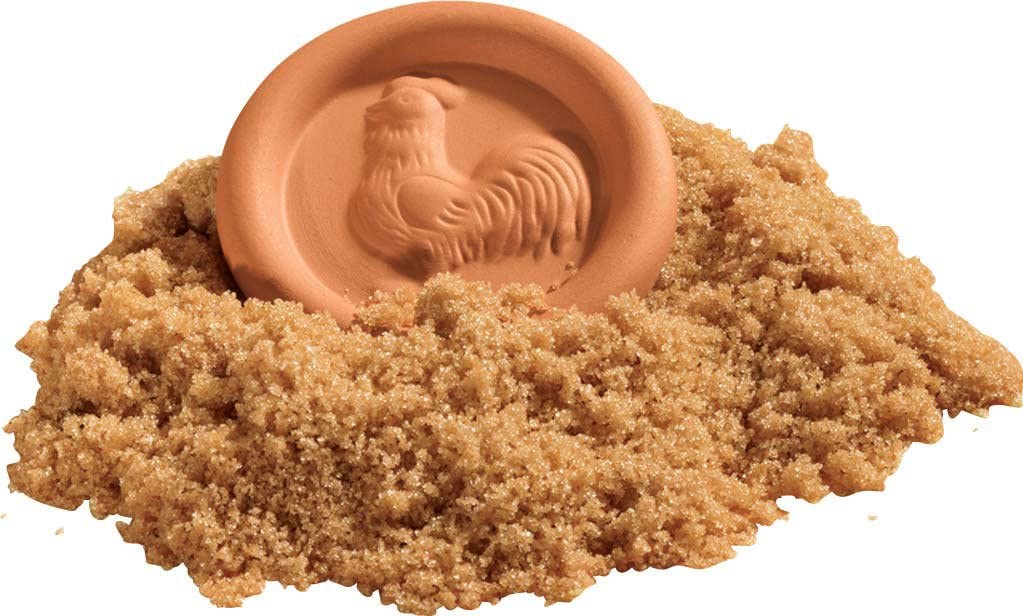The products and services mentioned below were selected independent of sales and advertising. However, Simplemost may receive a small commission from the purchase of any products or services through an affiliate link to the retailer's website.
There’s nothing more frustrating than gathering ingredients to make a batch of cookies only to discover that your brown sugar has hardened. If you’ve ever come up against this common problem, there’s actually a solution. Here’s everything you need to know about how to keep brown sugar soft.
Why Does Brown Sugar Become Hard?
You might be wondering what makes brown sugar harden in the first place. Molasses is what gives brown sugar its caramel color. Each sugar crystal is coated with a layer of molasses. When it’s exposed to air, the moisture in the molasses evaporates, causing the sugar to harden.
In fact, as the coating dries out, the sugar particles actually get glued together, which is how that solid mass forms. Hardened brown sugar is still safe to eat, but its texture may be unpleasant, and it’s more difficult to bake with.

How To Keep Brown Sugar Soft: Prevention
When it comes to keeping your brown sugar soft, prevention may be the best solution. To keep your brown sugar from becoming hard in the first place, be sure to store it in a cool area in a rustproof container with a secure lid. A resealable and moisture-proof bag works as well. Although it can technically last longer, plan to use your brown sugar within six months of purchasing and opening it.
Brown sugar can also be frozen, and you can separate clumps with a fork after thawing. If you buy brown sugar in bulk, you can divide it into smaller packages for storing to lessen the chance of too much air infiltrating and hardening the sugar.

Methods To Soften Brown Sugar
Now you know how to keep brown sugar soft, but despite your best intentions, you may open up your cupboard to discover the dreaded hard brown sugar. It’s not too late, though!
There are a few methods for softening brown sugar that has gone hard. Because the sugar went hard due to lack of moisture, the strategies for softening it again involve returning moisture to the sugar.
Heat is one way to get some moisture back in the sugar: Preheat your oven to 250 degrees Fahrenheit. Then, put the sugar into a pan and heat until the sugar softens. Keep in mind that the sugar will harden again as it cools, so plan to use it before that happens.
You can also soften brown sugar in the microwave. Put the sugar in a microwave-safe bowl and cover with two pieces of moist paper towel. Microwave it in 15- to 20-second bursts, checking after each time the microwave stops to see if it has returned to the state you prefer and to break up any clumps. Don’t leave sugar in for too long at a time, though, or you may end up cooking it.
If you have a little more time and don’t need your sugar softened immediately, you can also return it to a soft state by soaking a piece of terra cotta in water for about 20-30 minutes. Then, place the sugar in an airtight container with the terra cotta for about a day. The sugar will absorb the moisture from the terra cotta.
You can actually buy specially designed terra cotta “brown sugar preservers” made expressly for this purpose, like this one available on Amazon. Storing your brown sugar with one of these works as a prevention method as well.

You can also try this method with marshmallows, a slice of bread or apple slices in lieu of terra cotta. The sugar can draw moisture from all of these items, ensuring you have soft, ready-to-use brown sugar when you need it.
This story originally appeared on Simplemost. Checkout Simplemost for additional stories.


